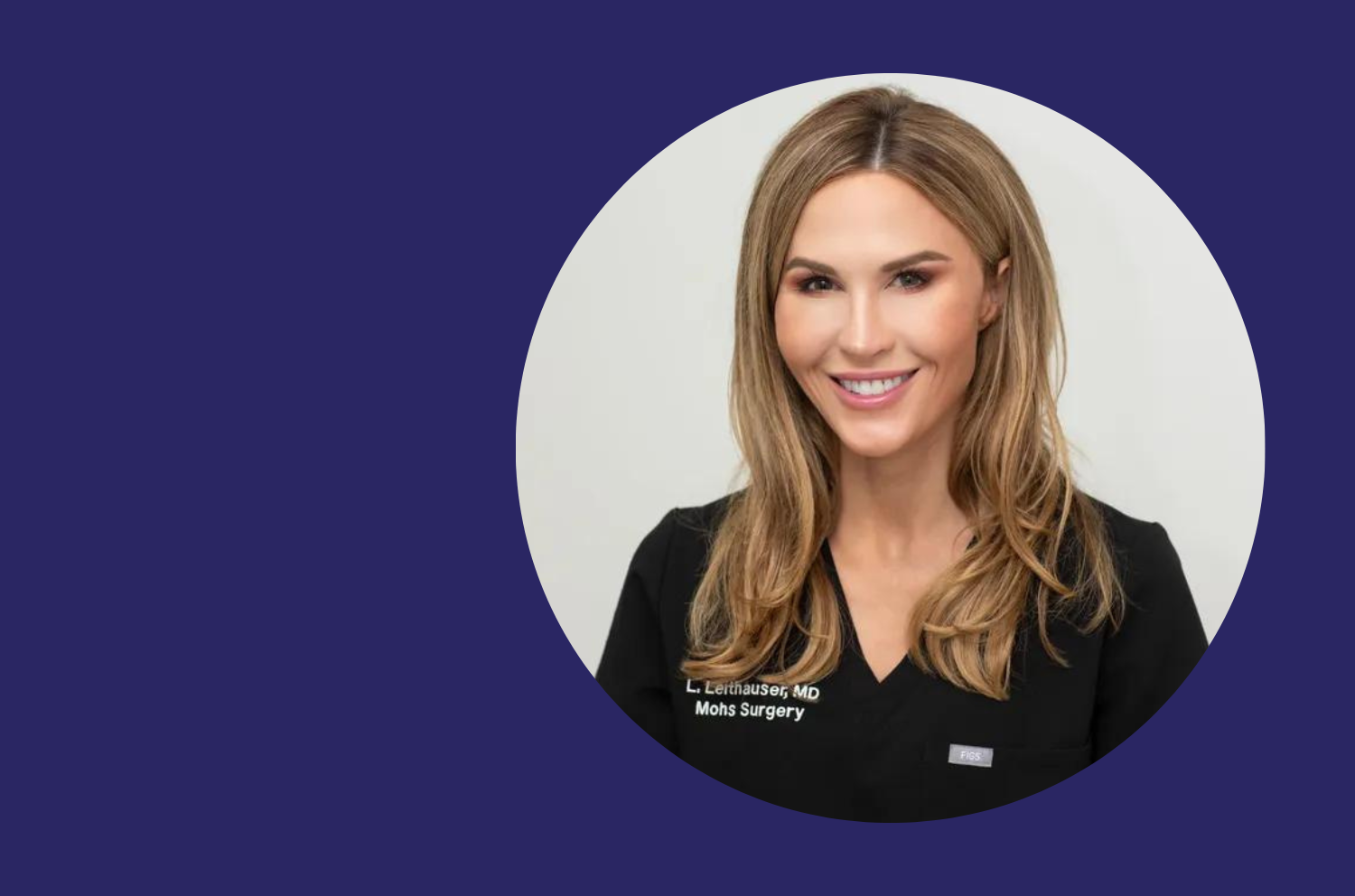What to Expect After Surgery
It is normal to have post-operative swelling and bruising. We recommend R.I.C.E – Rest, Ice (10 mins on/50 mins off – every hour. Do not put ice directly on the surgical site), Compression (if applicable to the location), Elevation. Swelling and bruising can slowly resolve over a course of a few days or weeks depending on the individual.
Some patients may experience pain following surgery. We recommend Extra Strength Tylenol every 4-6 hours as needed. If you are still experiencing pain, despite taking Tylenol, please let us know.
Post-Operative Care Instructions
After surgery, go home and rest! Avoid strenuous physical activity for AT LEAST 3 days after surgery, longer for larger or more complicated wounds.
While it is normal to experience some swelling and bruising around the surgical site, these steps can minimize this:
- If the surgical site involved your face or scalp, sleep in a recliner or with your head elevated on at least two pillows for 2-3 days after surgery.
- Periodically apply an ice pack to the skin surrounding the surgical site.
- Avoid sleeping on the side of your body that was operated upon.
- If the wound is on your head or neck, do not bend over with your head lower than your heart level or do any heavy lifting for at least 2-3 days after surgery.
If you have pain after surgery
If Dr. Leithauser has prescribed pain medication, please take it as instructed. For smaller wounds not requiring prescription pain medication, we recommend extra-strength Tylenol for pain after surgery. Avoid ibuprofen, aspirin, naproxen and other NSAID pain medications for one week following surgery UNLESS PRESCRIBED FOR ANOTHER MEDICAL CONDITION.
Sutured wounds
Follow the instructions above. Return in 7-14 days for suture removal (This will depend on your surgical site location). After your sutures have been removed, you can apply a silicone bandage such as ScarAway strips at bedtime to aid in the healing process. These can be purchased over-the-counter at most pharmacies.
Skin grafts
There will be two wound sites to care for. For the donor site, follow the same wound care instructions mentioned above. The graft recipient site will have a sewn-on yellow bandage over the graft, which will remain in place and will need to be kept dry until your suture removal appointment. Change the outer (white) bandage after 48 hours and apply Aquaphor or Vaseline around the entire outside of the yellow bandage, then re-bandage the area daily.
Any time there is an opening in the skin, there is an increased risk of infection. It is imperative that before cleaning wounds and changing bandages, hands should be washed thoroughly with an anti-bacterial soap and products used to re-bandage wound are clean and sterile if possible. If you have increased redness, swelling, heat, pain or discharge, please call our office at that first onset of symptoms.
Leave the pressure dressing DRY and IN PLACE for 48 hours.
If the pressure dressing starts to become detached it may become necessary to reinforce the tape.
After the first 48 hours, remove the pressure dressing and gently clean the site (do not scrub!) with warm water and soap, then pat dry. Apply Vaseline or Aquaphor ointment generously to the wound and cover with a bandage. Repeat this process daily until the site is fully healed or sutures are removed. Areas of crusted blood may be gently removed with hydrogen peroxide and a soft cloth.
If your wound begins to bleed
If the bandage is saturated with blood, remove it so that direct pressure can be applied to the wound. Using a clean, dry washcloth or gauze, apply continuous pressure directly to the wound for 30 minutes (time it). If bleeding persists, repeat this process with an icepack or bag of frozen vegetables over the gauze. If rapid bleeding continues after these measures, contact our office at (231) 486-0230. If you are unable to reach us, report to your local emergency room.
Wounds without sutures (second intention healing):
The wound site will heal on its own without stitches. First the wound will heal from the outside edges into the center. It is important to keep Vaseline or Aquaphor ointment on the wound so that a scab does not form. The body will produce its own tissue to fill in the surgical wound and will become level with the surrounding tissue area. The edges of the wound will become slightly reddened and you may see some yellowish matter inside of the wound. This is normal appearance of a healing wound.
If you have any questions, do not hesitate to call the office at 231-486-0230 or email us at info@tcskinsurgery.com.





